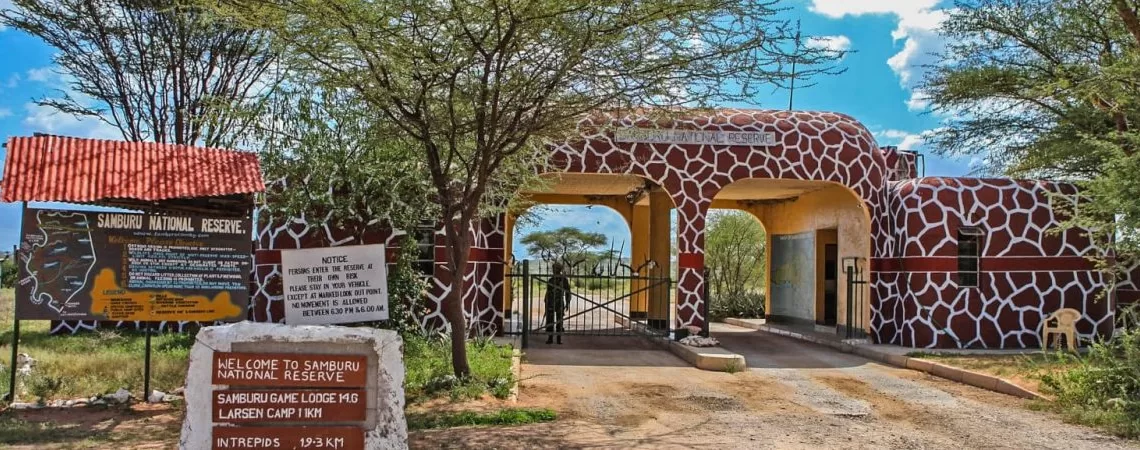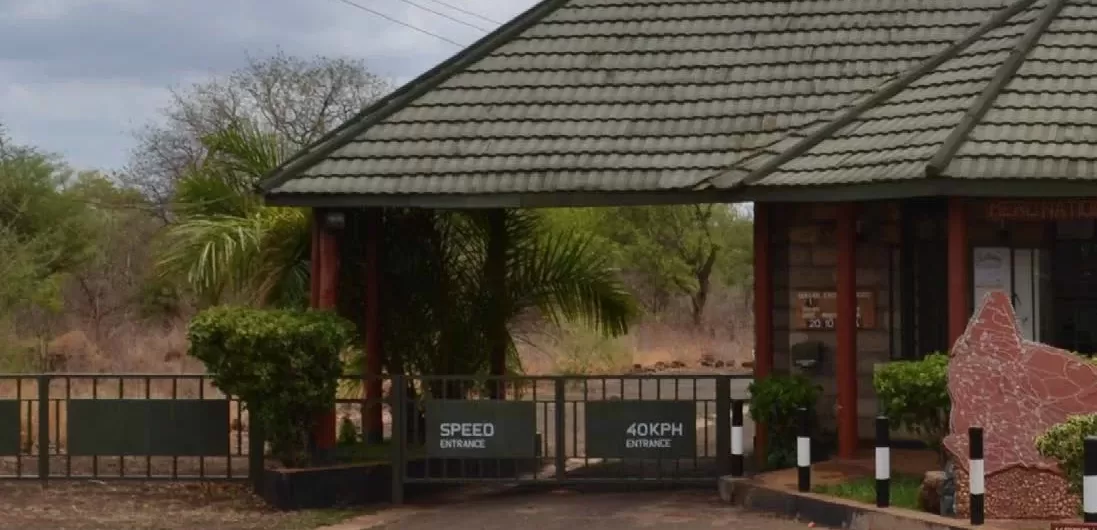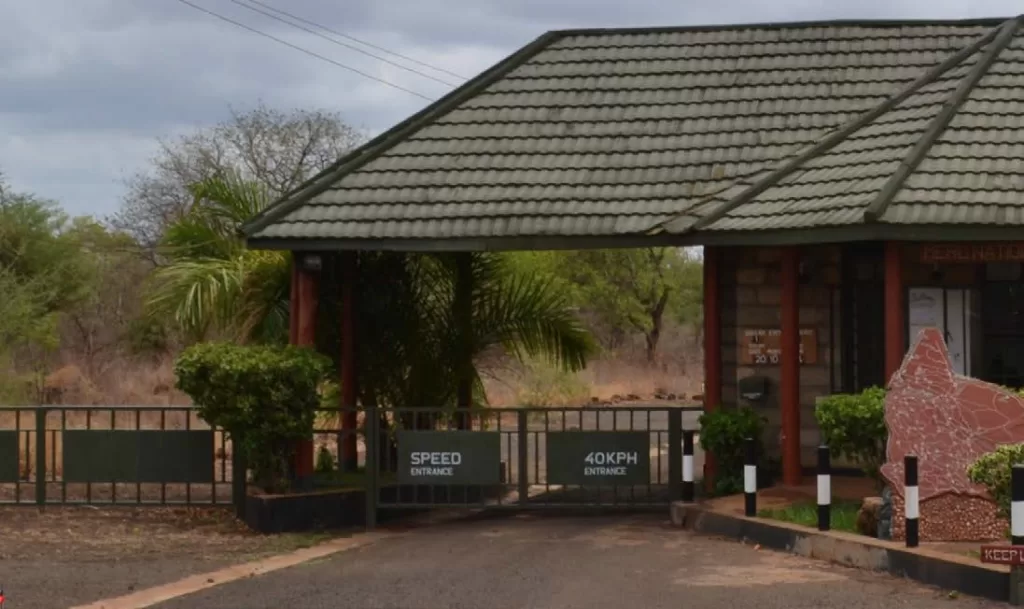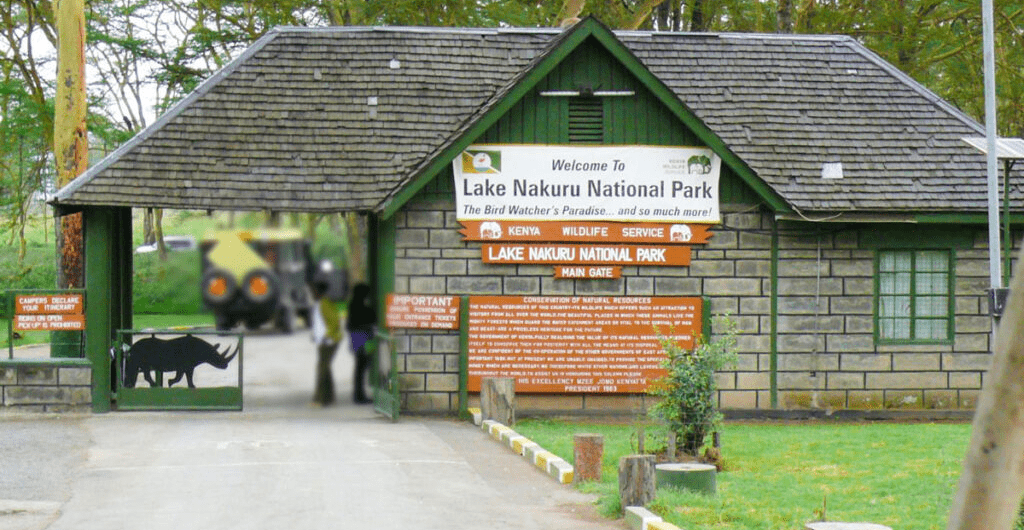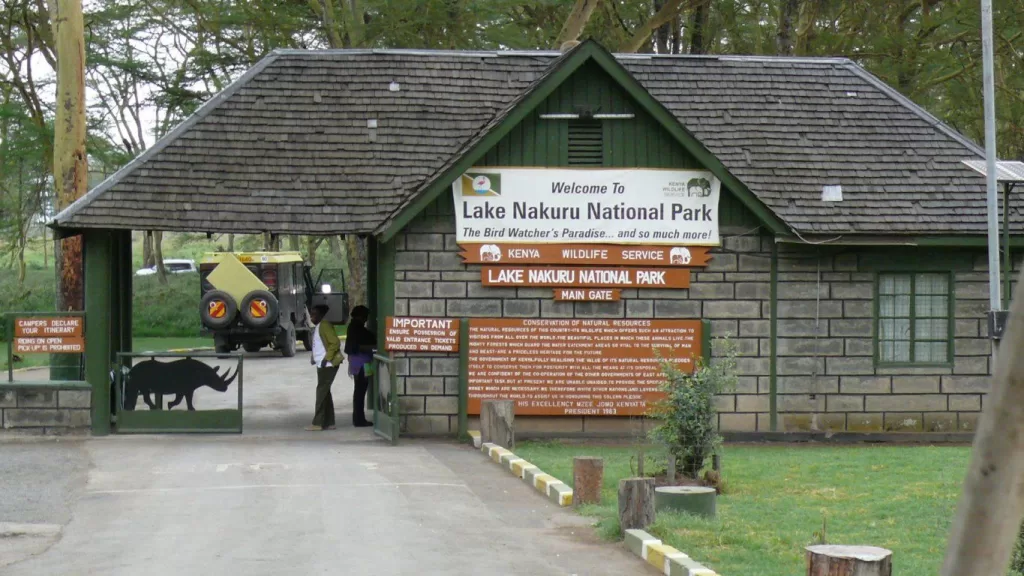Samburu National Reserve is a wildlife reserve located in the Samburu County in northern Kenya. It covers an area of approximately 165 square kilometers and is situated on the banks of the Ewaso Ng’iro River.
The reserve is known for its unique and diverse wildlife species that are adapted to the arid and semi-arid conditions of the region. Some of the animals found in Samburu National Reserve include the reticulated giraffe, Grevy’s zebra, Somali ostrich, beisa oryx, gerenuk, and the Samburu ‘Special Five,’ which are unique to the area.
Samburu Special Five Wildlife
The Samburu Five, also known as the Samburu Special Five, are five wildlife species that are unique to the Samburu National Reserve and the surrounding areas in northern Kenya. They are include:
- Reticulated Giraffe: This giraffe subspecies is easily identified by its white, net-like pattern on a dark brown background. It is smaller and more slender than other giraffe subspecies.
- Grevy’s Zebra: This zebra is larger and has narrower stripes than other zebra species. It is also characterized by its large round ears and white belly.
- Beisa Oryx: This antelope species is found in arid and semi-arid areas of East Africa. It has a greyish-brown coat with white underbelly and black markings on its legs.
- Somali Ostrich: This ostrich subspecies has distinct blue-grey neck and legs, with white feathers on the body.
- Gerenuk: Also known as the giraffe gazelle, the gerenuk has a long neck and legs, and is known for standing on its hind legs to reach high branches for food.
Activities
- Game drives
- Nature walks
- Bird watching
- Cultural visits
- Photography
- Camel safaris
- River rafting
Samburu National Reserve Fee Charges
| Category | Non-Resident | Kenyan Citizens |
|---|---|---|
| Adult | US$ 80 -120 | Kshs 1,000 – 2000 |
| Child | US$ 45 -75 | Kshs 300-1000 |
Samburu National Reserve How to get there
The nearest town to the reserve is Isiolo, which is approximately 30 kilometers away. Here are the most common ways to get to Samburu National Reserve:
- By air: The reserve has its own airstrip, Samburu Airport, which can be accessed by scheduled flights from Nairobi’s Wilson Airport. Flights are operated by various airlines, such as Air Kenya, Safarilink, and FlySax.
- By road: Visitors can also access the reserve by road. The reserve is approximately 350 kilometers from Nairobi and the journey takes approximately 6-7 hours. The road is generally in good condition, but visitors are advised to use a 4×4 vehicle, especially during the rainy season.
- By bus: Visitors can take a bus from Nairobi to Isiolo and then hire a taxi or use a tour company to take them to the reserve.
